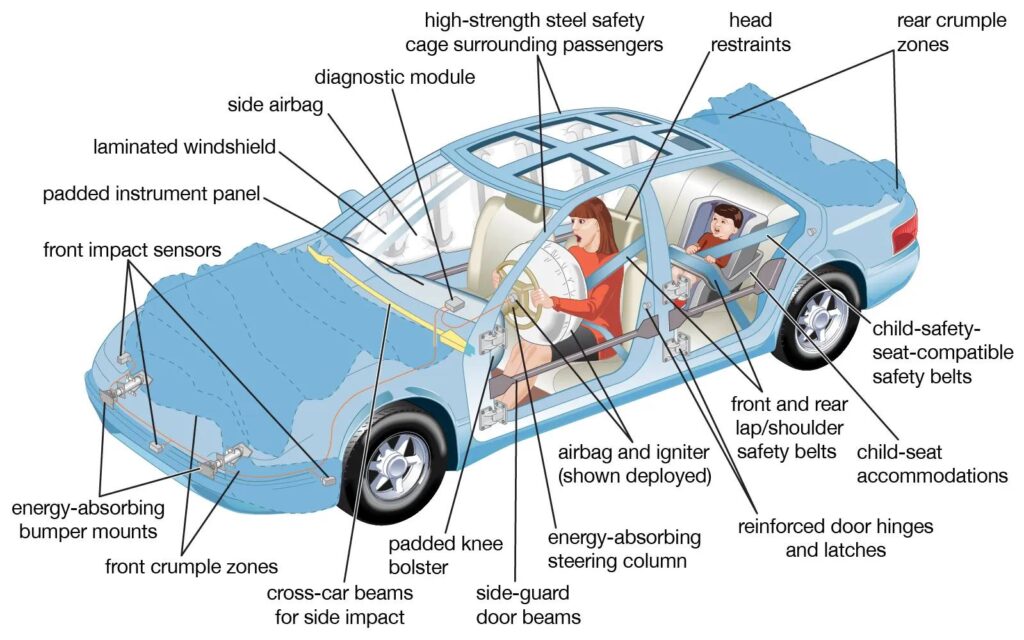
You might think it strange to start an article about firewall subscriptions by first talking about cars, but I promise this is perfectly relevant!
If we went car shopping in the 1970s, today’s consumer would notice the vast difference of safety features in vehicles compared to modern standards. The car would have rearview mirrors, a spare tire, and maybe 2-point lap seat belts. Today’s vehicles have long lists of safety features that drivers don’t even think about unless an accident happens.
To illustrate, take a moment to watch some spectacular crashes between old and new vehicles!
No one would want to be in one of those old cars in a crash. We’re fortunate to live in a time where automobile safety is at an all-time high. Even though the number of miles driven between 1960 and 2020 has increased by 371%, the number of automobile fatalities has decreased by 78%! Seatbelts, airbags, traction control, safety cages, backup cameras and more are helping to make driving safer than ever.
Now, about firewalls. 10 years ago, the most common firewall on the market really only did one thing — “stateful packet inspection”. This means it would track connections leaving the network and allow the return traffic back in. If traffic was destined for a phishing website or Google.com, the firewall couldn’t tell the difference and both were allowed. All other security measures were handled manually by a system administrator.
Today’s cybersecurity environment it vastly different and demands better safety equipment. The firewalls of today still do stateful packet inspection, but they layer on many additional features that are analogous to automobile safety features. Our standard is to implement the following additional features on our client firewalls:
- Intrusion Prevention Systems (IPS)
- Application Control
- Geo-blocking
- Web filtering
- DNS filtering
- Web Application Firewall (WAF)
- SSL Inspection
- Known bad-actor IP address deny lists
- Command and control URL deny lists
- Log retention and analysis
These additional layers are constantly being updated. Every 2 hours the firewalls download updates that will add new information about attack vectors and threats. Due to constantly evolving threats, firewalls now have annual subscriptions that are like endpoint antivirus subscriptions. If the subscription expires, the firewall’s data becomes stale and cannot take advantage of threat intelligence.
Allowing the firewall subscription to expire is like heading to a collision in a car with only a lap belt and rear-view mirrors! Don’t do that!
Keep those subscriptions active, and let’s make sure that all the safety features are enabled. What good is a seatbelt if it’s not being worn. Schedule a firewall audit with our team and we’ll compare our standards to what’s currently active.
Let’s stay safe together!
